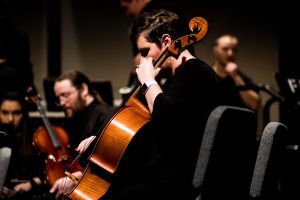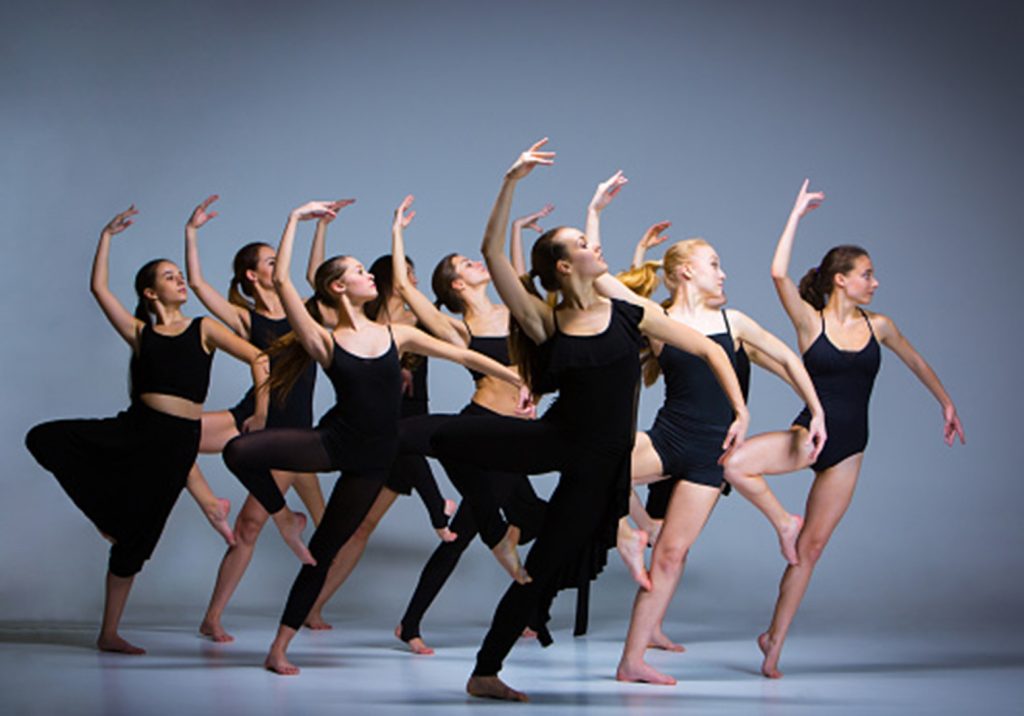The School for Soulful Artistry™
Curriculum Option 1
Course Descriptions
The Foundation Series of Courses

Pathways to Performance Mastery (PTPM): Artistry and Performance Skills for Musicians, Dancers, and Actors
Part I—Keys to Discovering and Communicating Your Artistry
&
Part II—The Art of Performing Your Best When It Matters Most
Every performer has a unique performance process, which is why the PTPM programs utilize tools and techniques from a variety of different domains and fields of study—sports and performance psychology, Cognitive Behavioral Therapy (CBT), mind-body medicine, performance coaching, embodied practices, and Mihaly Csikszentmihalyi’s Flow State research.
The overarching goal of the PTPM programs is for students to discover their unique artistic voice and to recognize what they need in order to manage the mental, emotional, and physical aspects of performing under pressure. Learning how to transcend analytical thinking and to enter into the subjective emotional present (also referred to as the “lived experience”) facilitates the relational aspects of live performance—connecting to one’s body, to one’s creative process, to the other performers, to the audience, to the creators of the work being performed, and to the performance venue.
The PTPM programs support musicians, dancers, and actors in creating a strong artistic foundation—knowing who they are and how they want to share their artistry—combined with proven techniques and practices to optimize performance preparation and the ability to perform well under pressure.
Course Outcomes
After successfully completing the course, students should be able to:- Become embodied performers,
- Identify the performers that deeply inspire them—the artists who point the way to understanding their own unique artistry,
- Recognize how and where they are challenged with communicating their artistry,
- Establish a pre-performance routine that helps them perform their best when it matters most,
- Have a clear picture of their performance preparation modus operandi, and the structures that facilitate optimal performance preparation,
- Experience greater personal agency and self-efficacy in their performance process,
- Create performance anchors/process cues that can be used in the act of performance,
- Utilize mental rehearsing in their performance preparation,
- Attune to performance venues, turning them into a safe resource and an ally in the performance process, and
- Understand how to experience the flow state more readily in their performance preparation and execution.


The Wholistic Visual Artist: Multi-Modal Approaches to Creative Expression
Part I—Connecting to Your Inner Muse
&
Part II—Experiencing Freedom in Your Creative Process
Perspective is essential when setting forth on a creative pursuit. The mind tends to approach creative endeavors from a single vantage point based on one’s conditioning. This conditioning (what could also be looked at as one’s temperament) can limit the ways in which the artistic voice is expressed through an individual. By recognizing one’s conditioning and learning how to use musical, sculptural, poetic, and movement cognition, in conjunction with aesthetic perception and embodied awareness, an artist can more easily connect to their inner muse and find a deeper connection to their artistry and their creative voice. The goal of the Wholistic Visual Artist programs is to cultivate a student’s inspiration and imagination around their personal artistry and to help them transcend the limitations they may be placing on their creative pursuits.
Course Outcomes
After successfully completing the course, students should be able to:- Understand the patterns and behaviors that interfere with their creative process,
- Facilitate a deeper connection to their inner muse,
- Recognize their artistic strengths and weaknesses,
- Use aesthetic perception to identify the unique qualities that make up their artistry,
- Discover the external support structures that optimize their work environment,
- Create a pre-art-routine that quiets the mind and enlivens the body,
- Manage perceived creative blockages with greater patience, ease, and awareness,
- Employ the forms of cognition that best unlock their creative voice,
- Tap into their embodied awareness to inspire and guide their creative endeavors, and
- Learn how to silence the inner critic that interferes with being vulnerable and sharing their unique voice.
© 2015 Gary Jobe Ferguson, Ph.D.


